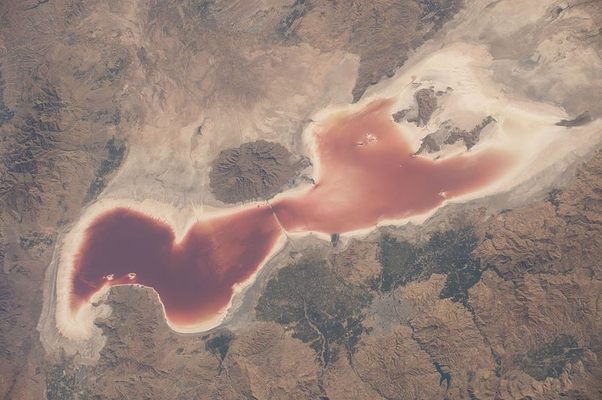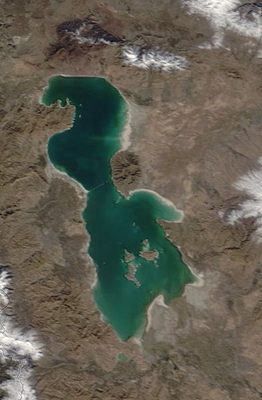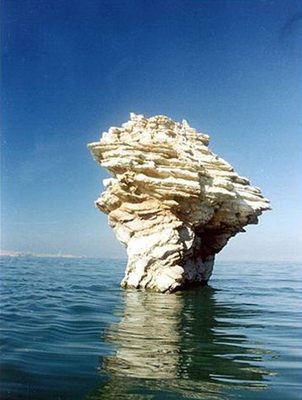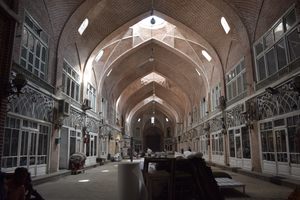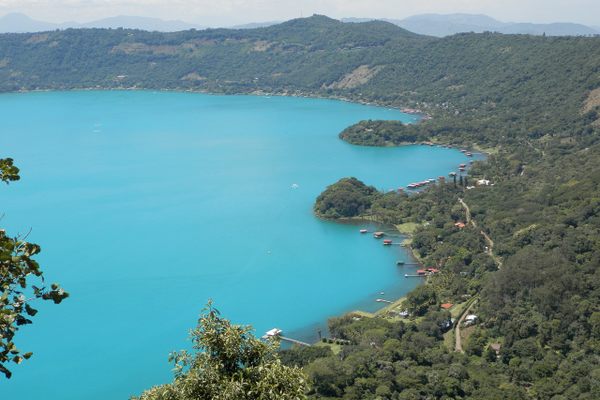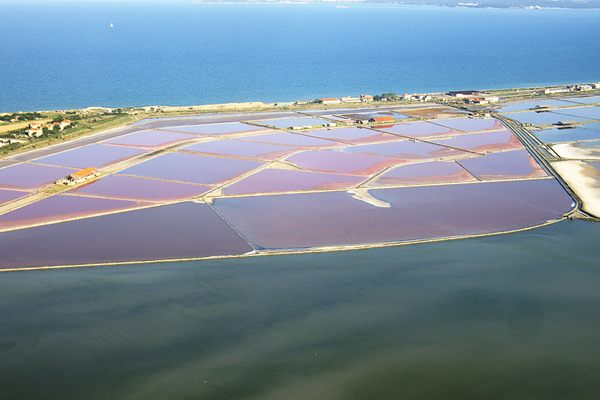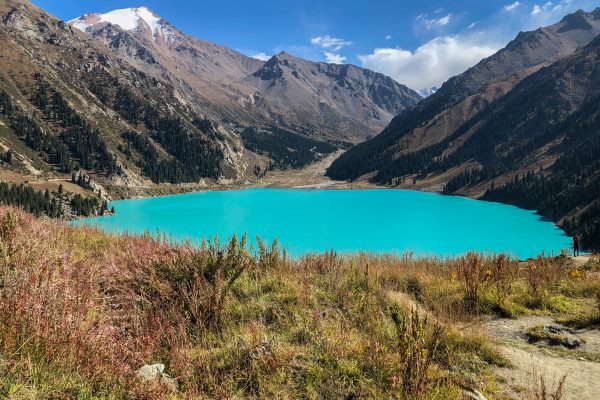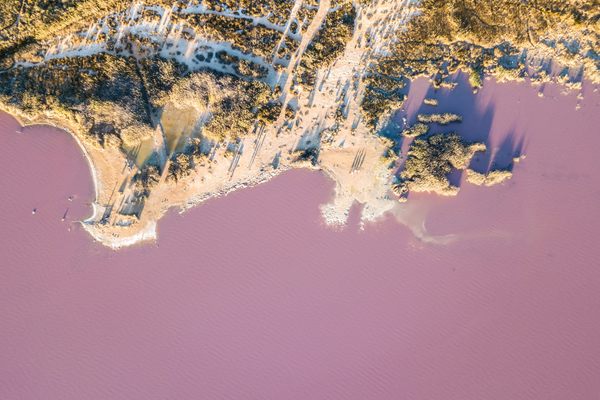About
In the summer of 2016, the water of Iran’s Lake Urmia dramatically changed color from green to red. It was not a new phenomenon, but it has become more frequent in recent years, and is not the only disturbing trend that the lake is experiencing.
Lake Urmia is located between East and West Azerbaijan Provinces in northwest Iran and is home to 120 islands. Though it was once the largest lake in the Middle East and the sixth-largest salt water lake in the world, at 5,000 square kilometers, it is estimated that the lake's surface area has shrunk by 90% since the 1970s, much of that within the last two decades.
This is mostly due to human activity, with dams and illegal wells impeding the flow of water from the 60 surrounding rivers and streams that feed the lake. These and other developments have caused the salinity of the water to rise significantly, which affects wildlife of all sizes. Migratory birds like flamingos, pelicans, ducks, and egrets no longer frequent the lake, which cannot sustain fish anymore. Even the lake’s native species of brine shrimp, Artemia, which can survive at very high salinity levels, are rumored to have gone extinct.
The organisms that are thriving are the reason the water turns red. The algae that grows in the lake, Dunaliella salina, would normally appear green, but with less water in the lake and more exposure to sunlight, the algae produces carotenoids in its cells to absorb the excess light, which makes it appear red. It is also thought that a salt-loving bacteria called Halobacteriaceae, which has a red pigment to absorb sunlight for energy, is involved.
Water loss also exposes the lake’s salt, which visitors to the lake like to cover themselves with, but which also gets kicked up by windstorms, causing injury to people and to crops.
The lake, named following the Iranian Revolution for the provincial capital city of Urmia, which means “puddle of water,” shows signs of recovery. The Iranian government along with international organizations like UNESCO and WHO have made efforts to rein in illegal wells and improve the irrigation techniques of surrounding farms. Seasonal rains in the later months of the year provide some relief to the lake, but are not a permanent solution.
Related Tags
Community Contributors
Added By
Published
March 31, 2017
Sources
- https://en.wikipedia.org/wiki/Lake_Urmia#In_popular_culture
- http://news.nationalgeographic.com/2016/08/why-giant-green-lake-turned-blood-red-iran-algae/
- https://www.theguardian.com/world/gallery/2016/sep/02/iran-lake-urmia-in-pictures
- https://www.theguardian.com/world/iran-blog/2015/jan/23/iran-lake-urmia-drying-up-new-research-scientists-urge-action
- http://www.citylab.com/weather/2016/07/the-middle-easts-biggest-lake-turns-blood-red/491465/
- http://boingboing.net/2016/07/27/why-did-irans-lake.html
- http://theiranproject.com/blog/2017/03/16/lake-urmia-comes-back-life-slowly-surely/
